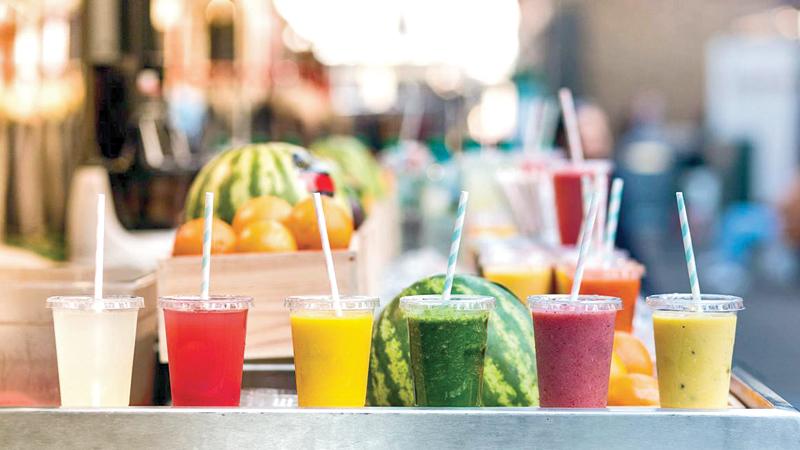
It is known that food, like everything else in the world today, has undergone many changes. As a result of such changes, people today have become accustomed to consuming certain foods, using small or large variations on the way they were prepared in the distant past.
In the past, people were accustomed to eating fruits. In the past, wine-based beverages were made from grapes, but the fruit was often consumed as a food. Nowadays, many people prefer to prepare fruit as a beverage rather than eating them.
 For this reason, various companies have bottled and marketed a number of fruit juices. In addition, there are a large number of instant fruit juice outlets in almost every country. This article is about the history of fruit juices popular among all ages of people and how their preparation has changed from time to time.
For this reason, various companies have bottled and marketed a number of fruit juices. In addition, there are a large number of instant fruit juice outlets in almost every country. This article is about the history of fruit juices popular among all ages of people and how their preparation has changed from time to time.
Various studies have shown that wine was made from grapes in Italy centuries ago. Lemonade, however, was originally formulated as an ordinary fruit juice without being converted into alcohol. It was originally started in Italy with the aim of importing.
Later, in the late 16th century, lemonade production began in the Middle East as well. In addition, the preparation of orange juice began in the 17th century.
In the 18th century, one James Lind discovered that drinking a juice made of citrus fruits could cure vitamin C deficiency. With the discovery, all British ships were required to keep citrus drinks.
In 1869, Thomas Welsh, a British dentist, invented a method of preserving fruit juices without stagnation and converting into other forms of alcohol. He filled glass bottles with grape juice and discovered that they could be preserved by placing them in a pot of hot water for some time. It destroys the yeast that causes any liquid to stagnate. He later marketed the product as “Dr. Welsh’s Fermented wine”.
Preparation
Fruits such as oranges and tomatoes, which naturally contain juices, can be squeezed by hand, adding some water to make a fruit juice. Some even add sugar and salt as they need. Fruit juices can be made by hand in small quantities at home or elsewhere, but not in the commercialised production of fruit juices today.
As a solution, fruit drink processing machines of various sizes and techniques are now available in the market. It is possible to purchase machines of the appropriate size and technology for a small-scale fruit juice production facility, as well as machines of the appropriate size and technology for large-scale fruit juice manufacturing factories.
Many people consume fruit juices thinking about the health benefits of it. Vitamin C is obtained by drinking a beverage made from oranges.
In addition, a number of other nutrients have been found to be absorbed by the body from fruit juices. However, some research has found that consuming large amounts of sugary fruit juices can even lead to obesity and diabetes.
Studies show that it helps reduce the risk of developing diabetes by consuming100 percent fruit juices. Many people are of the opinion that drinking fruit juices prepared with 100 percent fruit has a very low probability of having harmful effects.
Fruit juices and other related products are now available in stores all over the world.
They often sell beverages made from fruits such as mango, papaya, orange, pineapple, apple, pomegranate, grape, star fruit, banana, and avocado.
In addition to juices, they sell fruit salads and ice cream as well as snacks. These outlets which are often referred to as ‘juice bars’ can be found especially in crowded cities, public parks, stadiums, movie theaters, and supermarkets.
